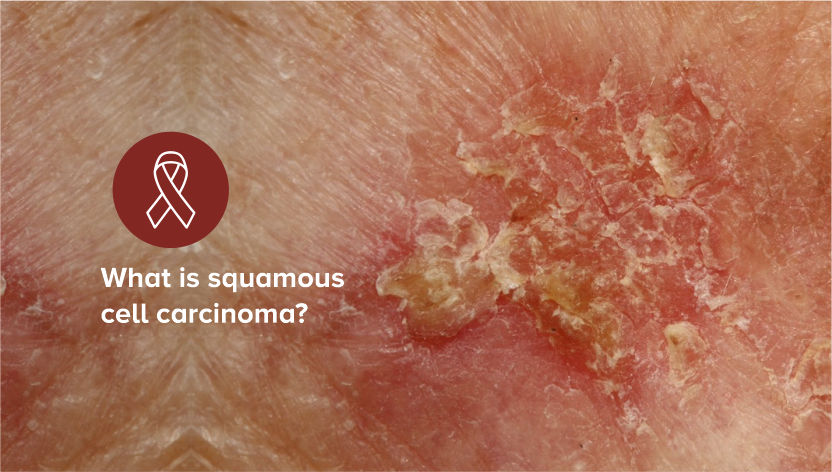Cancer rates are on the rise worldwide, but not all forms of the disease are created equal. Squamous cell carcinoma (SCC), a type of skin cancer, is often overshadowed by its more notorious counterpart, melanoma. However, as the second most common form of skin cancer, SCC deserves our attention.
